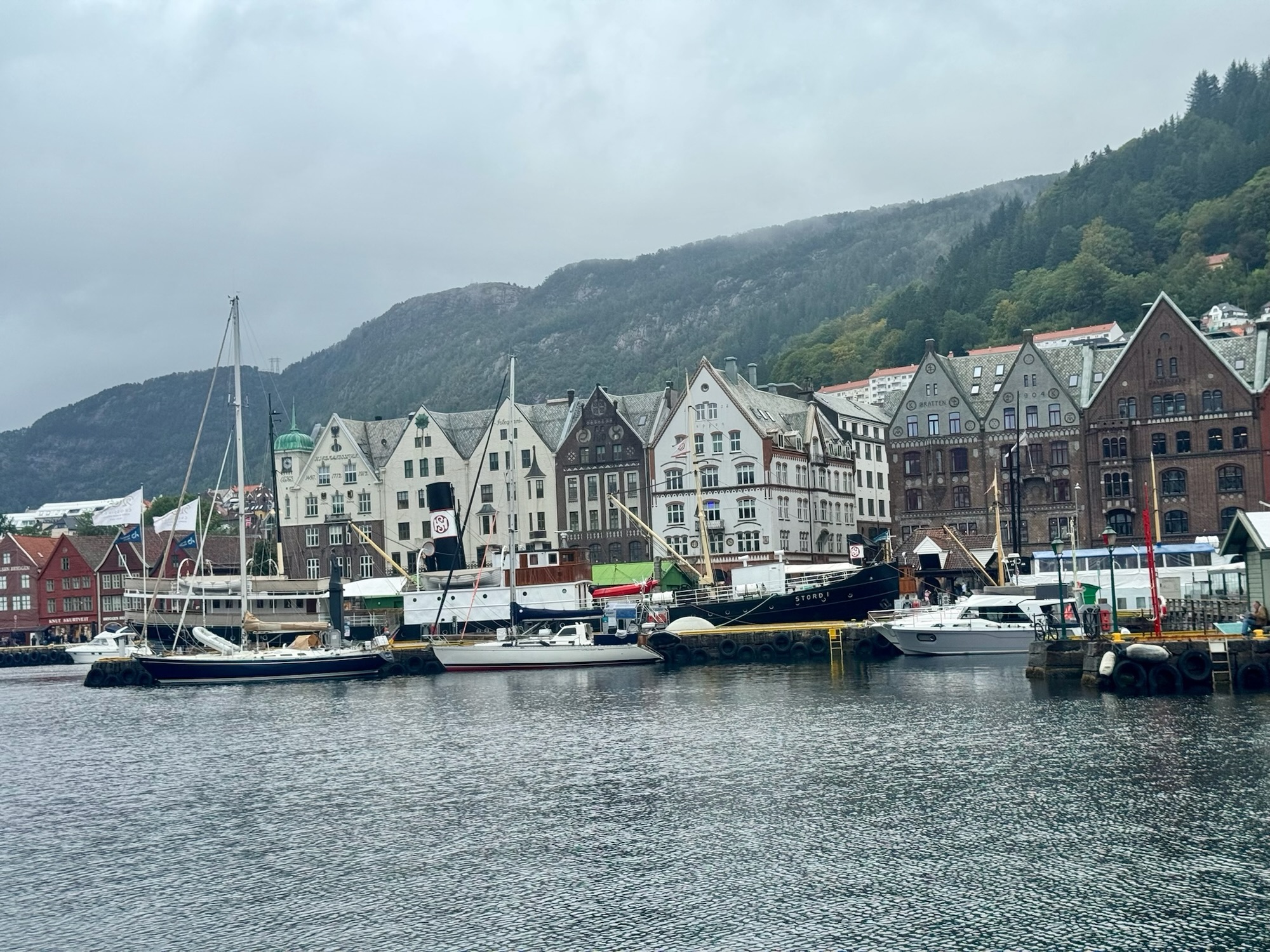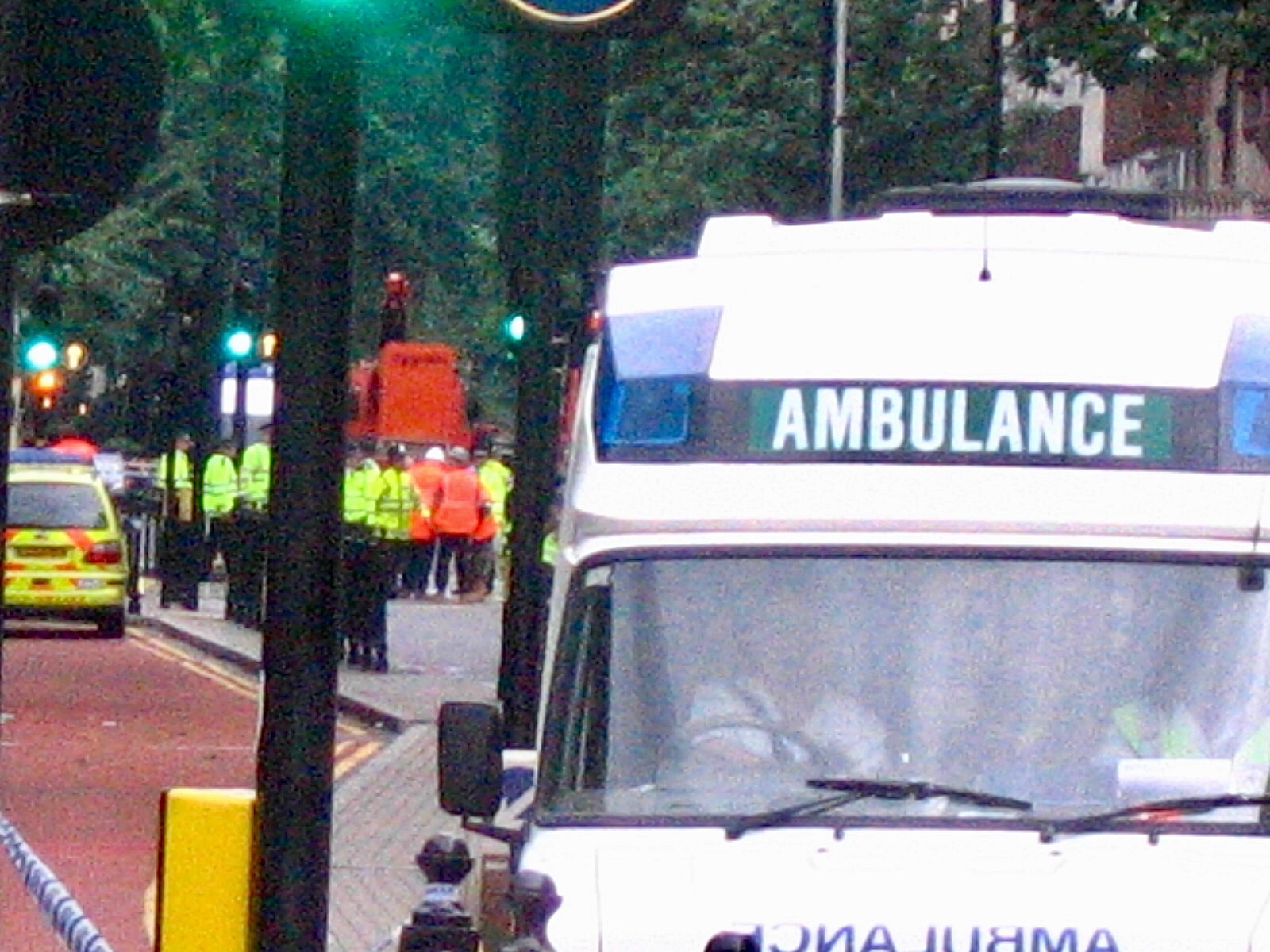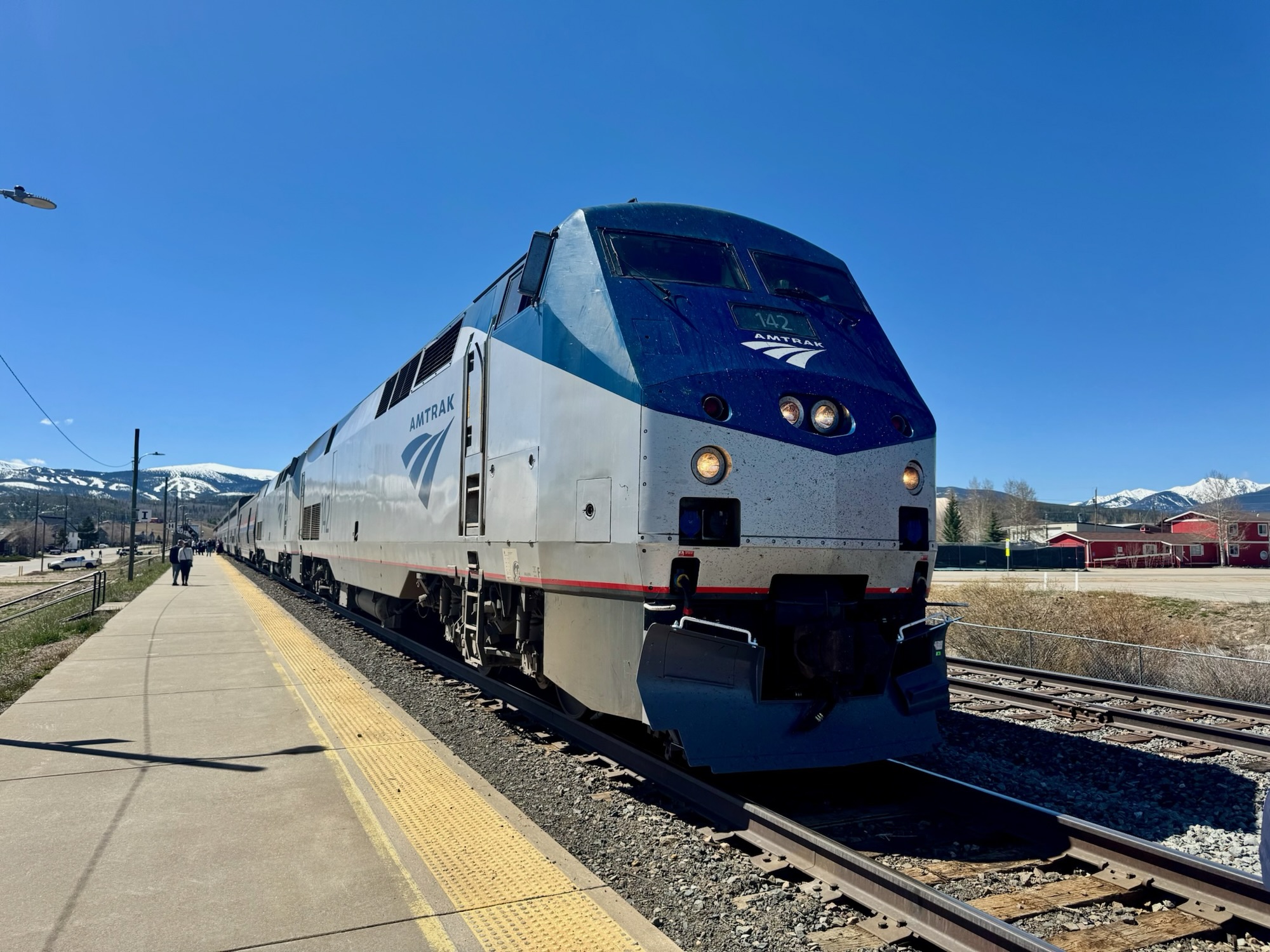
“The Longest Day” September 3-4, 2025.
Christine and I were up at 5 AM on September 3rd and thanks to our daughter, Renee’, we were on the road to the airport by 6. En route we received a text message from Delta Airlines indicating that our flight from Kansas City to New York had a two hour delay. We were going to miss our connection in New York for Paris and Bergen!
The Delta ticketing agent sweated the problem for us. She was laser focused for 45 minutes on her terminal screen and ultimately was able to reroute us with a flight from Kansas City to Boston, Boston to Amsterdam, and Amsterdam to Bergen. We were downgraded on the first leg from our first class/Delta One reservation.
We experienced a sigh of relief until we reached to the gate and learned that the new flight from Kansas City to Boston was also now delayed. In Boston it was a foot race to reach the connecting flight to Amsterdam. We made it with only minutes to spare. We later learned that our luggage did too.
We made use of Delta’s Skyclub lounge in Kansas City. Immediately upon entering the lounge I heard my name called. It was our Camino friend Theresa, who was on her way to Milan Italy. She posed with us for a selfie.

Our flight to Boston was unremarkable except that the original reservation was first class and we were now seated in main cabin. Kudos and gratitude to the Delta ticket agent that she preserved the timing of our flight into Norway.
The six hour flight from Boston to Amsterdam was wonderful. Unfortunately because of the change in ticketing Christine and I were no longer situated in adjoining “pods“.

We have only recently begun flying first class, business class, and Delta one. We have come to realize that the horizon of travel for us is shrinking but our need for comfort is expanding. It’s called getting old… not just older, but old.
We made the best of our three hour layover in Amsterdam by the use of KLM’s exceptional passenger lounge.



Our tickets were on partnered flights with segments flown by Delta and KLM.
Our “business class“ flight from Amsterdam to Bergen was on a smaller regional jet. The seats were tight and still six across, however, the middle seats were intentionally left unoccupied. We had a boxed breakfast, but it was far from ordinary!

Passport control, and customs were both handled in Amsterdam and took mere minutes. Our bags had been checked through to Bergen. We arrived in Bergen at 10 AM on the morning of the 4th.
The Bergen airport is located some distance from the center of the city. Our options were taxi cab ($50), shuttle bus ($20), or light rail ($2.50 per senior citizen!) We took the train.

Figuring out the ticketing kiosk took a few minutes and would’ve been easier if I had just seen that there was a button to translate it into English.
Norway is fast moving to a cashless economy. As an example the ticket kiosks only accept credit cards to purchase the train tickets. The credit card itself then becomes the ticket. If a rail agent wished to see our tickets all we would need to show is the credit card.
It was a 45 minute journey through picturesque hills and villages.

The train and platforms along the way were immaculately clean, (the windows of our home should be this clean!).
Bergen is the second largest city in Norway, with a population of approximately 250,000. Norway is the size of the State of Montana but with a population of just under 4 1/2 million. English is a commonly spoken in the city. Younger people often have barely a trace of an accent.



The Norwegian kroner is easy to convert. Merely move the decimal point one space. In other words, 10 kroner is equivalent to one dollar, 100 kroner is equivalent to $10, etc. Prices in Bergen seemed about on par with those in most major American cities.




This is the rainy season in Norway and today was no exception. Temperatures were cool in the mid 60s and there was a near constant drizzle. This did not dampen our spirits as we are staying in the harbor area, which is both charming and beautifully old world. Our hotel, oozes charm, but more on that in another post.




This has been “the longest day”. I’ve been up for 36 hours and bed is calling me.
Peace Everyone. Pete.

















































































